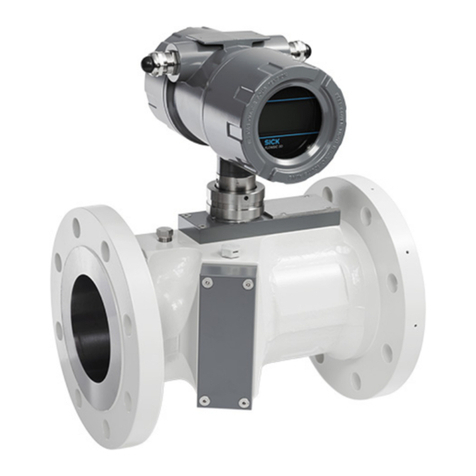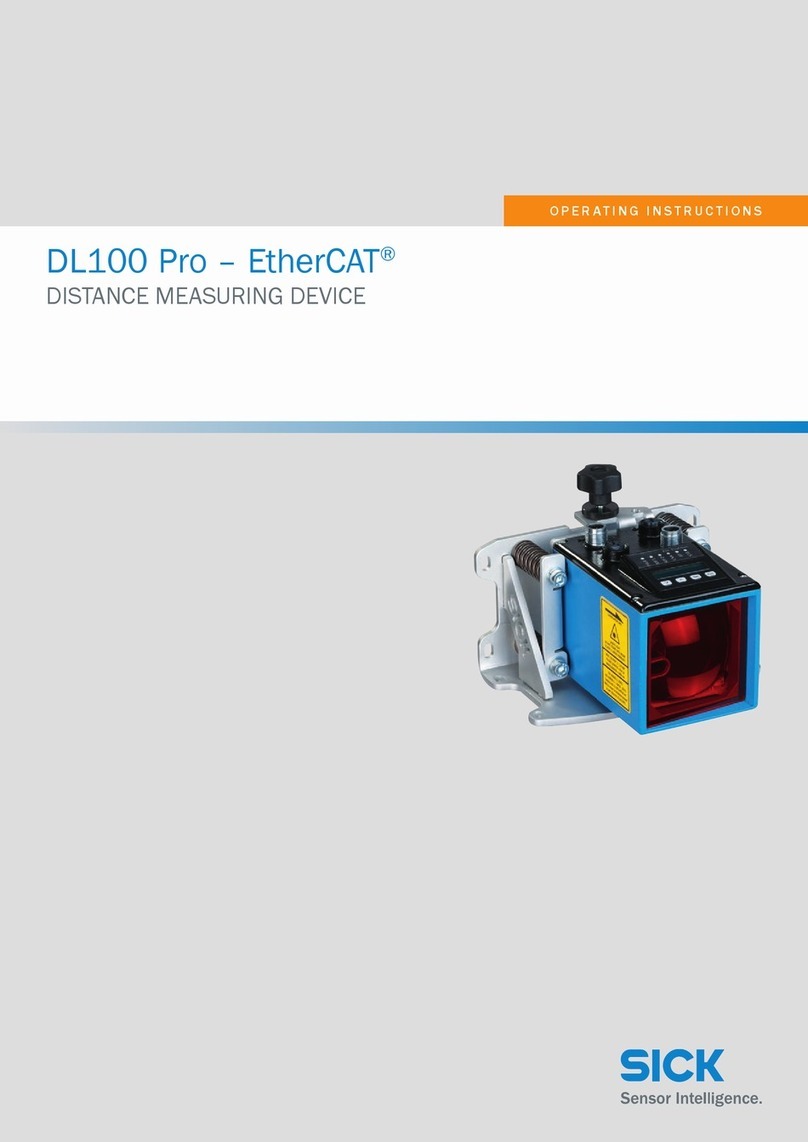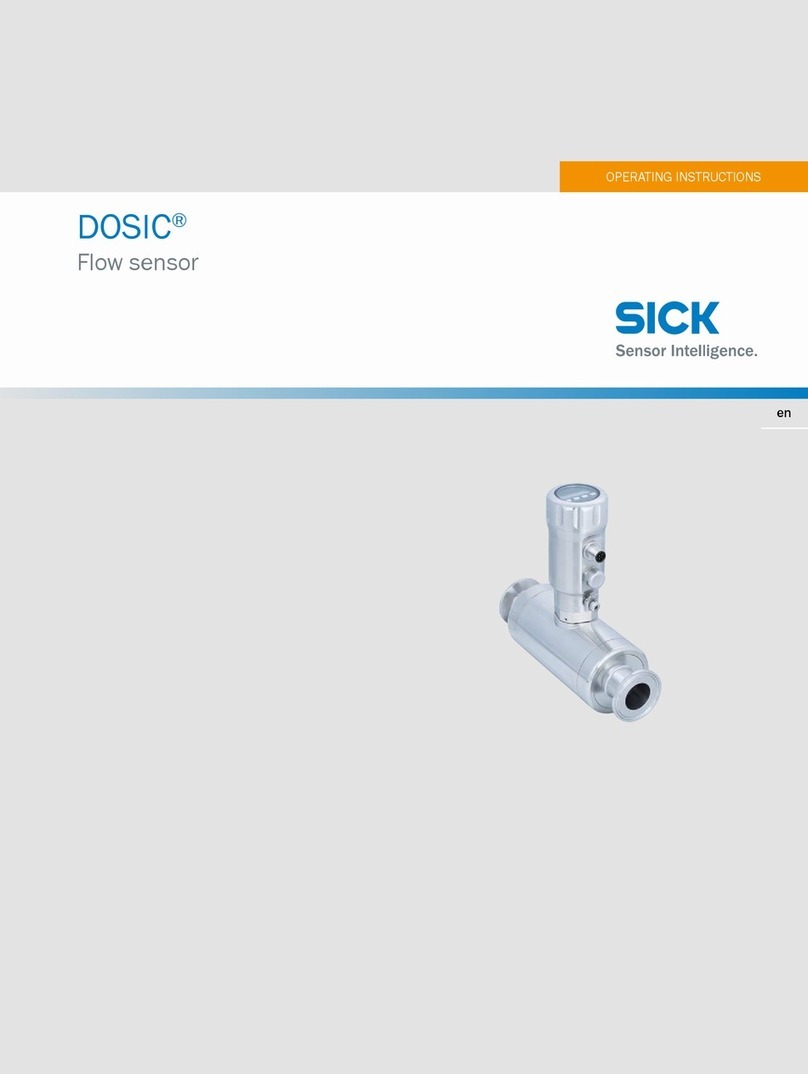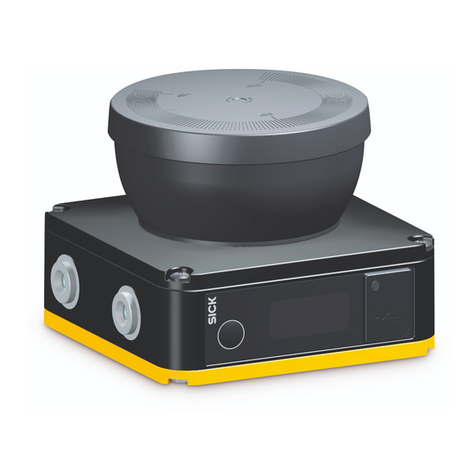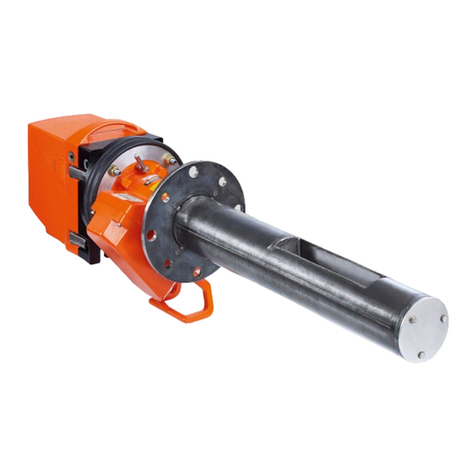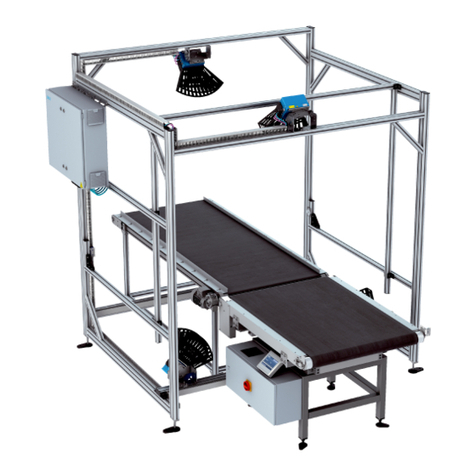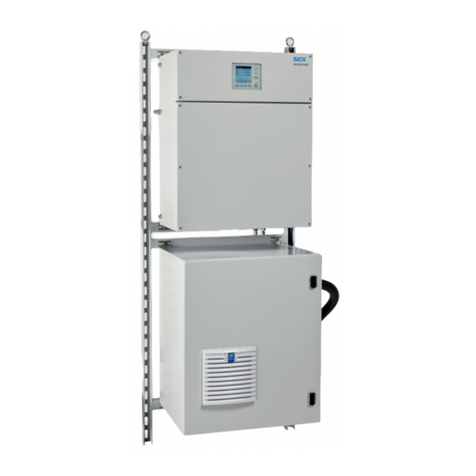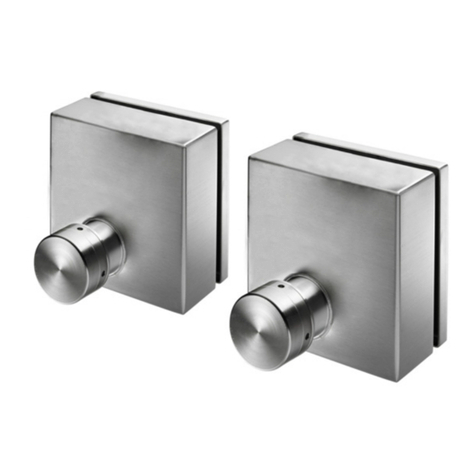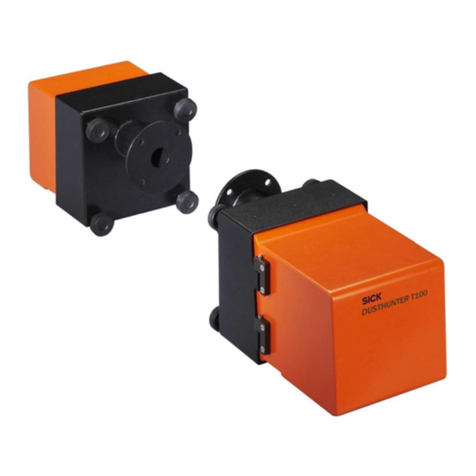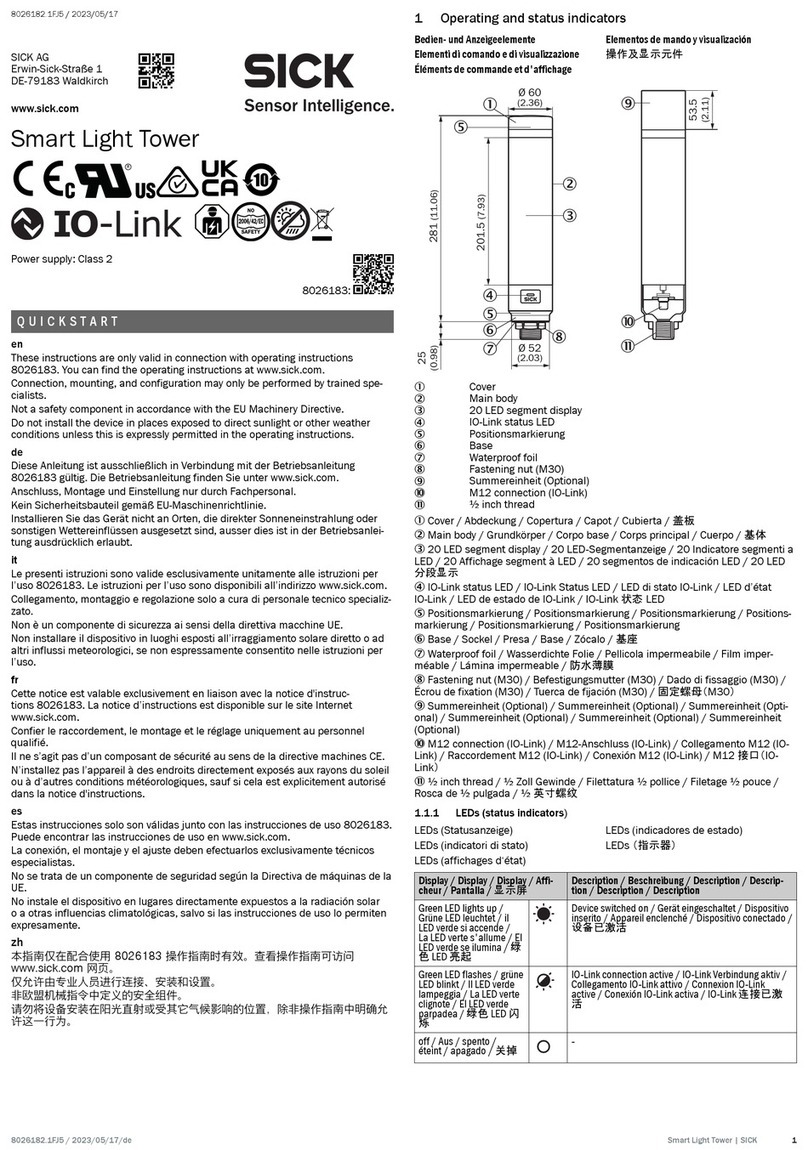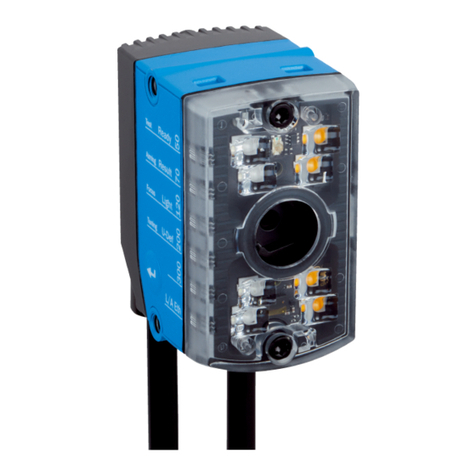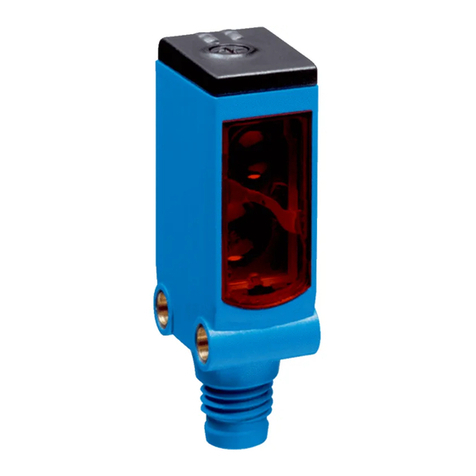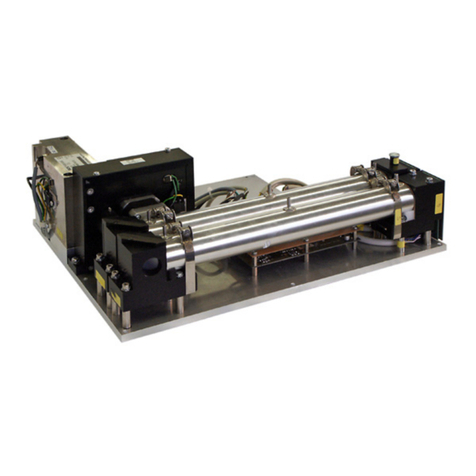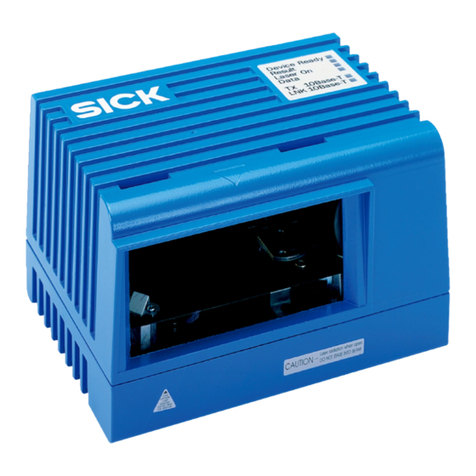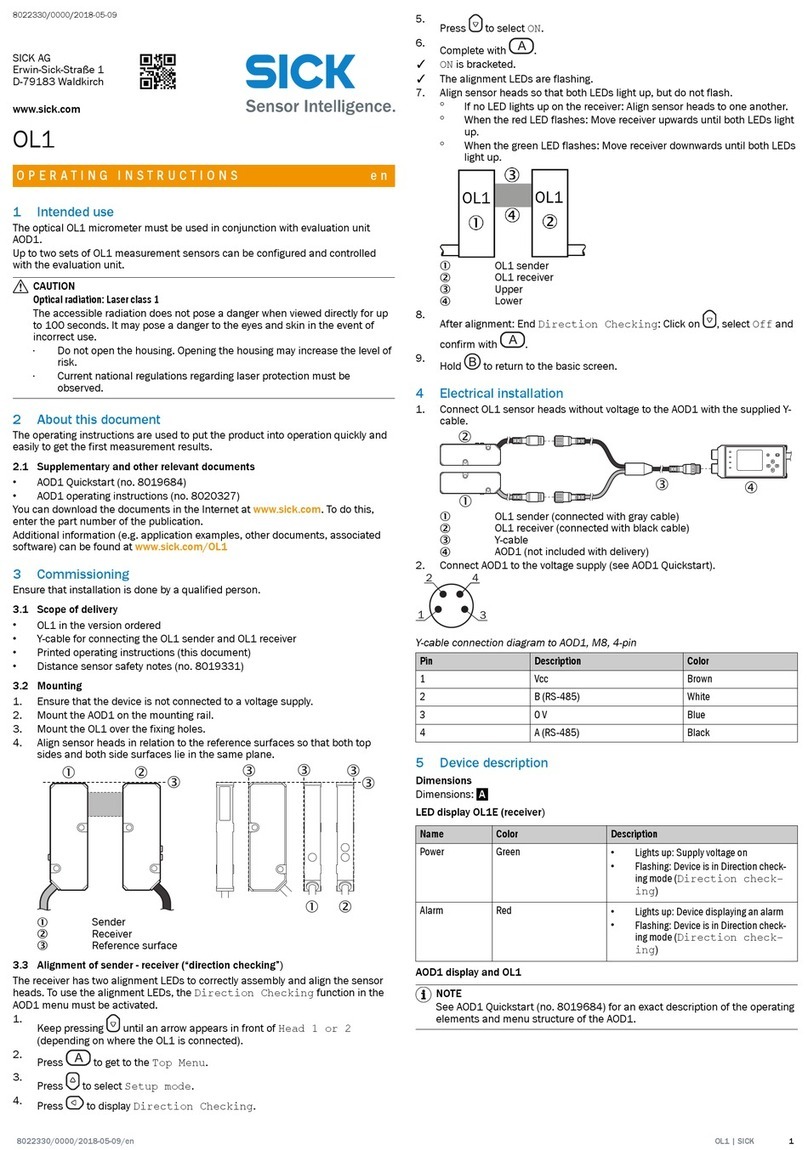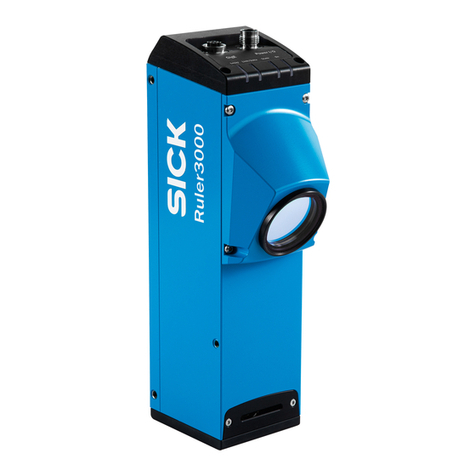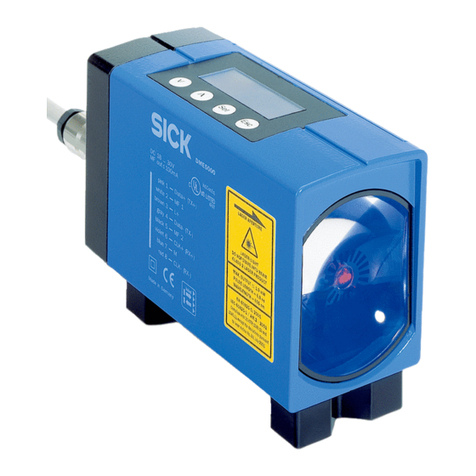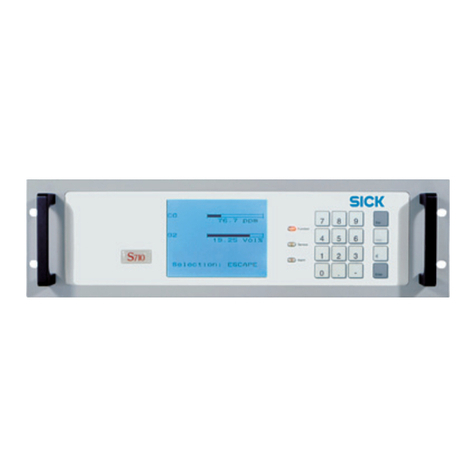
CONTENTS
48026957/AE00/V1-0/2021-08 | SICKOPERATING INSTRUCTIONS | DUSTHUNTER SB30
Subject to change without notice
3.3 Electrical installation .................................................................................... 26
3.3.1 Electrical safety ............................................................................ 26
3.3.1.1 Properly installed power isolating switches............. 26
3.3.1.2 Lines with correct rating........................................... 26
3.3.1.3 Grounding the devices.............................................. 26
3.3.1.4 Responsibility for system safety .............................. 26
3.3.2 General information, prerequisites ............................................. 27
3.3.3 Connecting the optional MCU control unit .................................. 27
3.3.4 Installing the purge air supply ..................................................... 27
3.3.4.1 Optional external purge air unit ............................... 27
3.3.4.2 Installing the non-return valve option...................... 29
3.3.5 Connecting the sender/receiver unit .......................................... 30
3.3.5.1 Work to be done ....................................................... 30
3.3.5.2 Connection of connection line ................................. 30
3.3.5.3 Standard connection (without options) ................... 31
4 Start-up and parameter settings ........................................................... 32
4.1 Fitting the sender/receiver unit ................................................................... 32
4.1.1 Adapting the sender/receiver unit to the duct diameter............ 32
4.1.2 Fitting and connecting the sender/receiver unit on the duct .... 35
4.2 Setting the measuring system parameters ................................................. 36
4.2.1 Factory settings ............................................................................ 36
4.2.2 Changing settings using the jumper on the processor board .... 37
4.2.2.1 Setting measuring range and limit value................. 37
4.2.2.2 Addressing ................................................................ 38
4.2.3 Measuring range parameterization ............................................. 38
4.2.3.1 Manual measuring range parameterization on the
device........................................................................ 39
4.2.3.2 Automatic measuring range parameterization via
SOPAS ET .................................................................. 39
4.2.4 Installing SOPAS ET...................................................................... 40
4.2.4.1 Password for SOPAS ET menus................................ 40
4.2.5 Connection to the device via USB line ........................................ 40
4.2.5.1 Finding the DUSTHUNTER COM port........................ 40
4.2.6 Connection to the device via Ethernet (option) .......................... 41
4.2.7 Factory settings ............................................................................ 43
4.2.8 Resetting parameters .................................................................. 44
4.2.9 Setting Modbus® parameters ..................................................... 45
4.2.10 Calibration for dust concentration measurement ...................... 46
4.2.11 Data backup in SOPAS ET............................................................ 47
4.2.12 Starting measurement mode....................................................... 48
4.2.13 Setting the Ethernet module parameters ................................... 49
5 Transport and storage............................................................................. 50
5.1 Transport....................................................................................................... 50
5.2 Storage.......................................................................................................... 50
